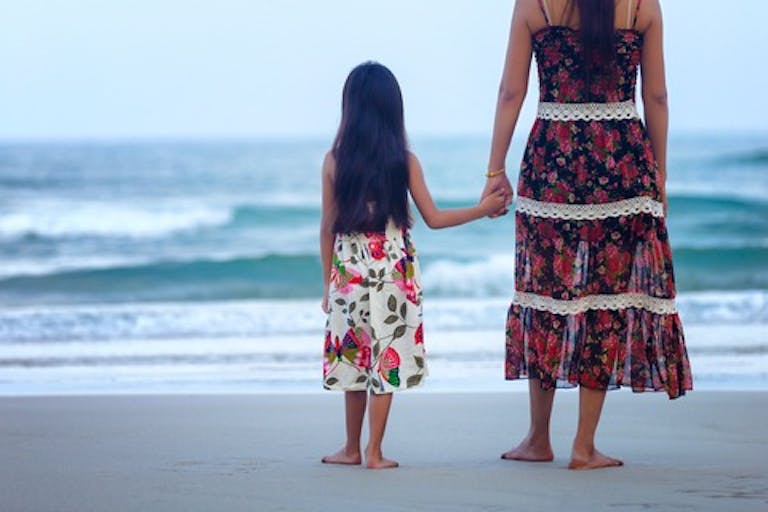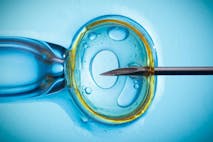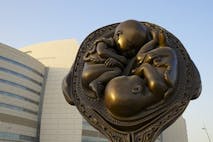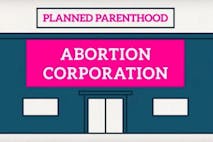
Man convicted of trafficking stolen body parts sentenced to six years in prison
Cassy Cooke
·
Pro-choice adoption worker wished some of her clients could have aborted their children instead
During this National Adoption Month, a pro-abortion website called “RH Reality Check” released an article entitled Adoption Is Not a Universal Alternative to Abortion, No Matter What Anti-Choicers Say. The point seems to be to assuage pro-choice advocates who like abortion more than adoption– a feat during National Adoption Month (November), when adoption advocates flood the internet with positive stories.
Adoption must be confusing to abortion advocates. It’s a choice that, instead of asking What do I want right now?, asks, What is best for the person who depends on me for his everything? Contrasted with the egocentric nature of abortion, adoption is a wholly selfless decision for both the birth parents and adoptive parents. As such, adoption is the antithesis of abortion.
In her article, abortion advocate Randie Bencannen (a former adoption worker and post-abortive mother herself), recalls wishing abortion had been more available as an outcome for some of the children she saw placed with adoptive families:
In fact, I wish abortion had been more readily available to many of the clients I worked with.
Bencannen characterizes pro-lifers as people who glamorize adoption, ignorant of the emotional trauma faced by moms who make the choice:
Needless to say, this [hardship of adoption] is different from the narratives frequently trotted out by the anti-choice movement of women placing their children for adoption and feeling, as one website put it, “good and positive about [their] choice.”
The incredible hardship faced by mothers who carry their children knowing they’ll place them with adoptive families isn’t lost on pro-lifers. In fact, pro-lifers are so in-awe of the sacrifice of mothers who choose this path that these moms are highly esteemed by them. One need only browse Live Action News to find many stories of heroic birth moms.
Bencannen defaults to the old standby of eliciting pity for the difficulties to be potentially faced by an adoptee (oblivious, apparently, that the outcome for a child obliterated by abortion is unequivocally worse). Some children, she notes, are placed with foster families. And living with a foster family can be worse, in her bizarre estimation, than not living at all. Unsurprisingly, she blames pro-life Americans for the imperfect nature of the system:
Article continues below
Dear Reader,
In 2026, Live Action is heading straight where the battle is fiercest: college campuses.
We have a bold initiative to establish 100 Live Action campus chapters within the next year, and your partnership will make it a success!
Your support today will help train and equip young leaders, bring Live Action’s educational content into academic environments, host on-campus events and debates, and empower students to challenge the pro-abortion status quo with truth and compassion.
Invest in pro-life grassroots outreach and cultural formation with your DOUBLED year-end gift!
If we continue to make abortions harder to obtain without funding social services for new parents, more children will inevitably wind up in these systems, which cannot provide the kind of services needed to either reunite them with their biological parents or find permanent homes for them.
The author’s disparagement of foster care omits important facts about groups like the Dave Thomas Foundation for Adoption, which ensures that children and teens who are likely to age out of the system due to age, disability, or past experiences, find permanent families before adulthood. Bencannen also fails to acknowledge the foster families who adopt the children they fostered, like this couple who adopted a teen foster daughter.
Bencannen continues, “Anyone who believes that adoption or foster care is a natural solution to growing restrictions on reproductive rights is kidding themselves.” But her solution is to abort the children who would be placed for adoption and thereby prevent an overwhelmed foster system. Maintaining abortion as a fallback plan only makes the jobs of disinterested parties easier.
The author takes issue with the fact that some mothers she helped were unable to procure abortions because they waited too long to do so:
However, most of the women who came to my adoption agency were too late for an abortion, didn’t know where to get one, or didn’t have the money to cover the cost. They just knew that they couldn’t parent a child—and, without the ability to access an abortion, adoption was their last resort.
In most states, a woman would have to wait at least twenty weeks to be “too late” in her pregnancy to obtain an abortion. This means that likely half of her pregnancy went by without the mother undergoing an abortion. Is it possible that these women actually postponed the procedure “too long” because they recognized that abortion was wrong for themselves and their children? Many birth moms report this pang of conscience regarding their pre-born children.
Bencannen would like her readers to believe that adoption is only a crushing decision for women, and that the pro-life portrayal of adoption as a pro-woman choice is illusory. But from the mouths of birth mothers themselves, it is a decision that — while truly difficult — leads to a good outcome for the mother, the child, and the adoptive family. And adoptees typically agree.
Live Action News is pro-life news and commentary from a pro-life perspective.
Contact editor@liveaction.org for questions, corrections, or if you are seeking permission to reprint any Live Action News content.
Guest Articles: To submit a guest article to Live Action News, email editor@liveaction.org with an attached Word document of 800-1000 words. Please also attach any photos relevant to your submission if applicable. If your submission is accepted for publication, you will be notified within three weeks. Guest articles are not compensated (see our Open License Agreement). Thank you for your interest in Live Action News!

Cassy Cooke
·
Analysis
Cassy Cooke
·
Analysis
Cassy Cooke
·
Analysis
Cassy Cooke
·
Analysis
Nancy Flanders
·
International
Angeline Tan
·
Human Interest
Lauren Enriquez
·
Activism
Lauren Enriquez
·
Activism
Lauren Enriquez
·
Activism
Lauren Enriquez
·
Lauren Enriquez
·